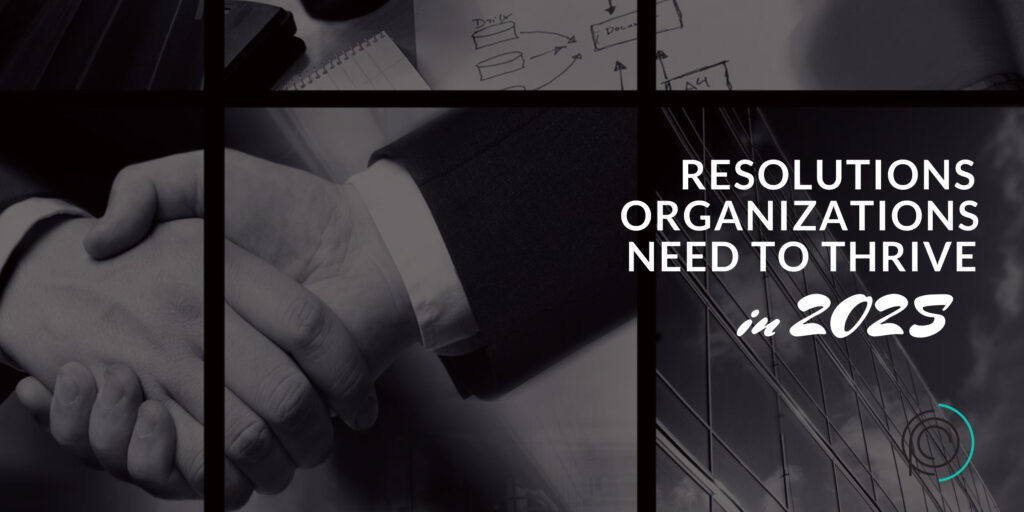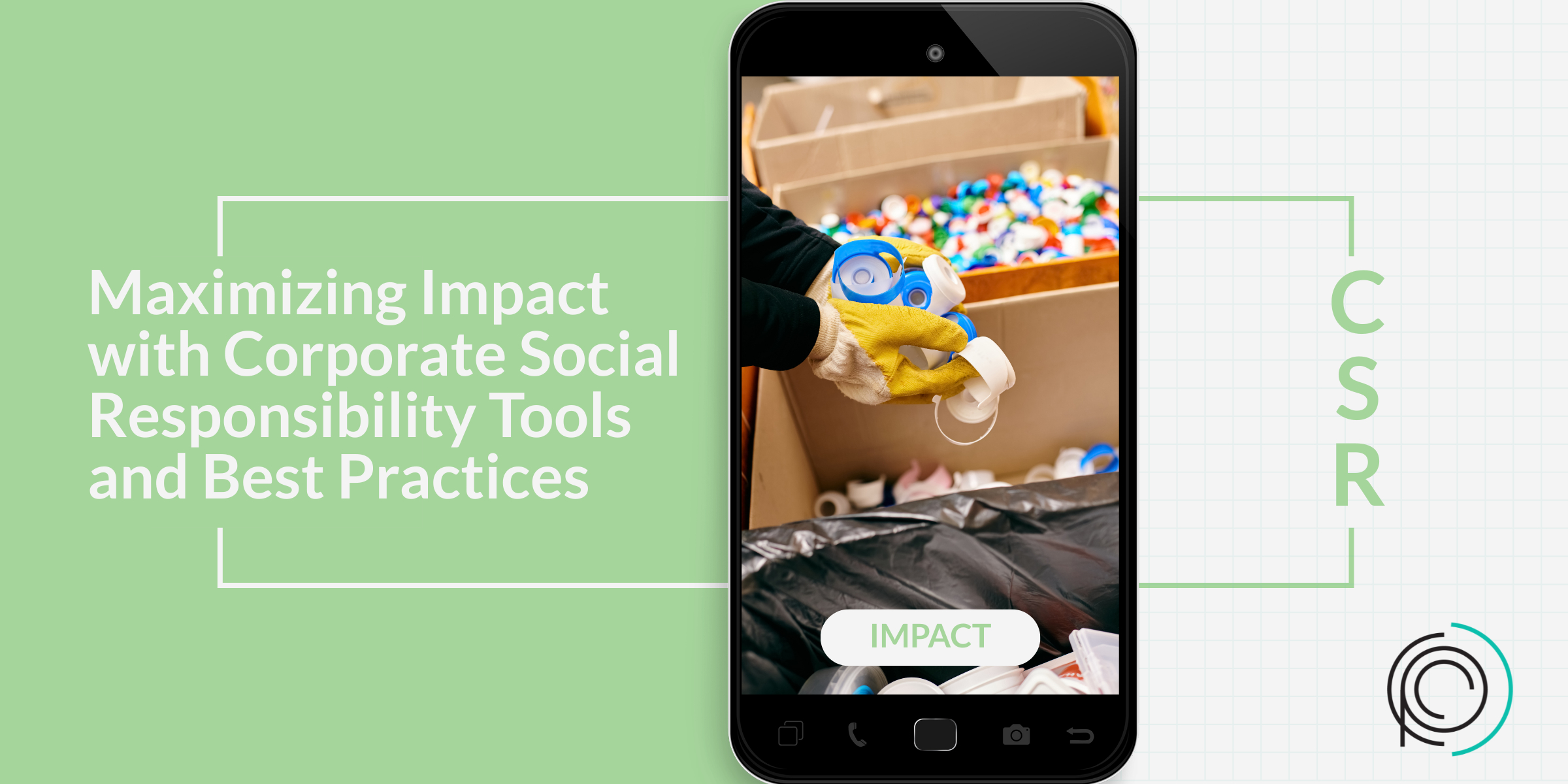Start the Year Right with Strategic Resolutions
As we embark on 2025, it is crucial for organizations to reflect on past performances and develop strategies for the future. Business resolutions are more than just a tradition; they present an opportunity to create a clear roadmap for growth and innovation; being proactive and adaptable is vital.
This blog post outlines the top five business resolutions that can empower organizations to not only survive but thrive in 2025. This year businesses must reassess their strategies and establish ambitious yet attainable goals. Get ready to discover actionable insights and practical tips that will propel your business forward, ensuring you remain competitive in an ever-evolving market landscape.
Whether your focus is on enhancing customer engagement, embracing technology, or cultivating a positive workplace culture, these resolutions will lay a strong foundation for growth and success in the coming year.
Prioritize Sustainable Practices for Lasting Impact
Sustainability isn’t just a buzzword—it’s a business imperative. This year consumers and stakeholders demand that companies take responsibility for their environmental impact. Implementing sustainable practices leads to long-term savings and brand loyalty. For instance, reducing waste in production processes or switching to renewable energy sources can significantly cut costs. Many organizations have seen their investment in sustainability pay off through increased customer engagement and brand loyalty. Check out our ESG plan.
Adopting sustainable practices can also open up new market opportunities. Organizations that prioritize eco-friendly innovations often lead their industries, attracting environmentally conscious consumers. Take the example of Microsoft, which has committed to becoming carbon-negative by 2030. This proactive stance not only enhances its brand reputation but also positions it as a leader in sustainability.
Finally, sustainability efforts can greatly improve employee satisfaction. Today’s workforce values companies that care about the planet. By integrating sustainable practices, organizations can boost employee morale, reduce turnover, and attract top talent. Setting sustainability as a resolution can be a win-win for businesses and the environment alike.
Harness the Power of Data Analytics
In an era where data is the new oil, organizations must harness their power to stay competitive. Data analytics can transform decision-making processes, providing insights that drive efficiency and innovation. Companies utilizing advanced analytics can identify trends, predict consumer behavior, and tailor their offerings accordingly. For example, Netflix has revolutionized content creation through data-driven decisions, leading to user-centric programming that keeps subscribers engaged.
Incorporating data analytics allows businesses to optimize their operations. By analyzing supply chain metrics, organizations can reduce inefficiencies and improve product delivery. For instance, Walmart uses data analytics to manage inventory, ensuring products are available when and where they’re needed most, thereby enhancing customer satisfaction.
To truly benefit from data analytics, businesses must foster a data-driven culture. This includes training employees to understand and use data insights effectively. By empowering teams with the right tools and knowledge, organizations can foster innovation and maintain their competitive edge.
Foster a Culture of Innovation and Agility
The pace of technological change will only accelerate, making innovation and agility crucial for corporate success. Businesses that cultivate a culture of innovation encourage employees to think creatively and adapt quickly to market changes. Google, for example, is known for its innovation-friendly environment, which has led to groundbreaking products like Google Maps and Android.
An agile organization can pivot swiftly in response to new opportunities or challenges. By adopting agile methodologies, businesses can reduce time-to-market for new products and services, staying ahead of competitors. This flexibility allows organizations to meet evolving customer demands efficiently.
Additionally, fostering innovation can lead to increased employee engagement and satisfaction. When workers feel their ideas are valued, they are more motivated and committed to the company’s success. Encouraging a culture that supports experimentation and risk-taking can lead to breakthroughs that drive business growth.
Invest in Cybersecurity to Protect Assets
With the digital landscape expanding, cybersecurity must be a priority for every corporation. Cyber threats are becoming more sophisticated, posing significant risks to business operations and reputations. Investing in robust cybersecurity measures protects sensitive data and ensures compliance with regulations. A breach can led to financial loss and damage to brand trust, as seen in high-profile cases like the Equifax data leak.
Implementing comprehensive cybersecurity strategies involves not only technology but also employee training. Educating staff about phishing attacks and safe online practices reduces the risk of human error, a common vulnerability in many organizations. Regularly updating security protocols and conducting audits can further safeguard corporate assets.
Proactive cybersecurity measures can also provide a competitive advantage. Clients and customers are more likely to trust businesses that demonstrate a commitment to protecting their data. By making cybersecurity a resolution, organizations can secure their operations and build stronger relationships with their stakeholders.
Enhance Customer Experience for Loyalty and Growth
This year customer experience will be a key differentiator in competitive markets. Organizations must prioritize delivering exceptional experiences to retain and grow their customer base. Personalization and seamless interactions are now expected, with companies like Amazon setting high standards in customer service.
By leveraging technology, businesses can enhance customer experiences and exceed expectations. AI-powered chatbots, for instance, offer 24/7 support, resolving queries quickly and efficiently. Additionally, gathering customer feedback through surveys and social media can inform improvements and innovations.
A focus on customer experience not only drives loyalty but also generates positive word-of-mouth and referrals. Loyal customers are more likely to advocate for a brand, becoming valuable assets in building a corporation’s reputation. Setting customer experience as a resolution ensures that companies remain attentive to their most important asset—their customers.
Implement Remote Work Policies for Flexibility
The pandemic has reshaped the workplace, making remote work a permanent fixture for many organizations. Now businesses must refine their remote work policies to balance productivity and employee well-being. Offering flexible work arrangements can attract and retain top talent, who increasingly value work-life balance.
To succeed with remote work, organizations need to invest in the right tools and technologies. Reliable communication platforms and project management software ensure collaboration and efficiency, regardless of location. Organizations like Slack and Trello have become indispensable in facilitating remote team dynamics.
Furthermore, clear policies and guidelines are essential in maintaining accountability and performance. By establishing expectations and providing support, organizations can create a remote work culture that thrives. Setting remote work as a resolution can enhance employee satisfaction and position companies for future success.
Support Diversity and Inclusion for a Stronger Workforce
Diversity and inclusion (D&I) are more than ethical imperatives—they’re business advantages. Organizations this year will benefit from diverse perspectives and inclusive environments that foster innovation and creativity. Studies show that diverse teams perform better, with McKinsey reporting that companies with diverse workforces are 33% more likely to outperform their peers.
Implementing D&I initiatives involves creating policies that promote equal opportunities and representation. Organizations should set measurable goals and track progress to ensure accountability. Initiatives may include mentorship programs, unconscious bias training, and diverse hiring practices.
A commitment to D&I enhances company culture and attracts top talent. Employees want to work in environments where they feel valued and respected. By making diversity and inclusion resolutions, organizations strengthen their workforce and improve overall business performance.
Encourage Continuous Learning and Development
The rapidly evolving business landscape demands that organizations prioritize continuous learning and development. Investing in employee growth not only boosts skills but also drives innovation and adaptability. Organizations like LinkedIn offer learning platforms that provide employees with access to a wide range of courses and resources.
Encouraging a culture of learning involves offering opportunities for upskilling and reskilling. Organizations can provide workshops, training sessions, and online courses to enhance employee competencies. For example, IBM invests heavily in employee education, fostering a culture of continuous improvement and innovation.
Supporting learning initiatives leads to higher employee retention and engagement. Workers who feel that their employers are invested in their growth are more likely to stay and contribute to the company’s success. Making continuous learning a resolution ensures a future-ready workforce.
Optimize Digital Transformation for Competitive Edge
Digital transformation is essential for organizations aiming to remain competitive in 2025. Leveraging technology to enhance business processes, customer interactions, and product offerings can lead to significant gains. Organizations like General Electric have embraced digitalization, using data to optimize operations and drive innovation.
To succeed in digital transformation, companies must integrate technology with strategic objectives. This requires aligning digital initiatives with business goals and ensuring cross-functional collaboration. Implementing cloud solutions, AI, and IoT can streamline operations and create new revenue streams.
Digital transformation also enables organizations to better serve their customers. By providing seamless online experiences and personalized services, businesses can meet evolving consumer expectations. Setting digital transformation as a resolution ensures that organizations are prepared to thrive in the digital age.
Collaborate for Greater Innovation and Growth
Collaboration is a powerful driver of innovation and growth for organizations. In 2025, businesses must foster partnerships and alliances to leverage collective strengths and resources. Joint ventures, like those between IBM and Apple, enable companies to combine expertise and create innovative solutions.
Collaborative efforts can extend beyond traditional alliances. Engaging with startups and academic institutions can bring fresh perspectives and ideas to the table. Organizations like Google have established incubators and accelerator programs to nurture innovation and drive growth.
To maximize collaboration, businesses should create a culture that values open communication and mutual respect. By breaking down silos and encouraging cross-functional teamwork, organizations can unlock new opportunities and achieve greater success.
Reinforce Corporate Social Responsibility for Positive Impact
Corporate social responsibility (CSR) is integral to building brand reputation and trust. Organizations must prioritize CSR initiatives that align with their values and mission. Brands like Patagonia have gained consumer loyalty by championing environmental and social causes.
Implementing CSR involves identifying areas where the company can make a meaningful impact. Initiatives may include reducing carbon footprints, supporting local communities, and promoting ethical sourcing. Organizations should measure and report on their CSR efforts to ensure transparency and accountability.
A strong CSR program not only benefits society but also enhances employee engagement and customer loyalty. By demonstrating a commitment to social and environmental issues, organizations build stronger connections with their stakeholders. Setting CSR as a resolution reinforces the company’s dedication to making a positive impact.
Final Thoughts for a Prosperous 2025
As we kick off 2025, organizations must set resolutions that drive growth, innovation, and positive impact. By prioritizing sustainability, data analytics, cybersecurity, and customer experience, businesses can position themselves for success. Fostering innovation, diversity, learning, and collaboration further strengthens the organization’s foundation. Finally, a commitment to CSR ensures that organizations contribute to a better world. By adopting these resolutions, businesses can thrive in an increasingly dynamic and competitive landscape. To get started, contact one of our experts today.







